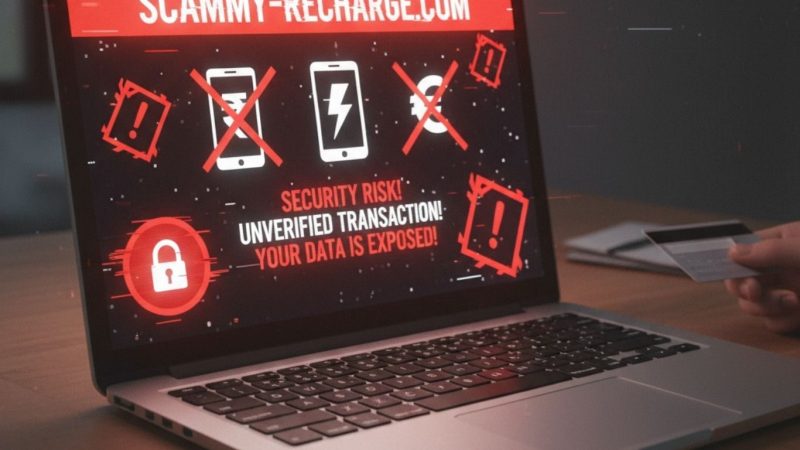The benefits of digital asset proofing

Digital asset management (DAM) is a system for organizing, storing, and retrieving digital assets. A DAM solution can help businesses keep track of their digital assets, including images, videos, and documents.
DAM solutions offer many benefits, including the ability to proof digital assets. Proofing is the process of checking digital assets for errors and ensuring that they meet specific standards.
Proofing is a valuable tool for businesses of all sizes. It can help businesses save time and money, and it can also help businesses protect their brand equity.
What is digital asset proofing?
Digital asset proofing is the process of reviewing digital assets for accuracy, consistency, and quality. It involves checking digital assets for errors and making sure they meet specific standards. Examples of digital assets that may need to be proofed include images, graphics, videos, documents, audio files, and web pages. Proofing digital assets is important for businesses to ensure the quality and accuracy of their products and services. Proofing can also help businesses protect their brand by ensuring that digital assets are compliant with regulatory and legal requirements. Furthermore, proofing can help businesses save time and money by eliminating the need for manual proofreading and editing.
Benefits of digital asset proofing
To learn more about the benefits of digital asset proofing, read on!
Increased security
One of the biggest benefits of digital asset proofing is improved security. In today’s digital age, assets are vulnerable to theft, duplication, and unauthorized use. By using digital asset-proofing techniques, such as encryption and watermarking, companies can prevent these issues and ensure that their assets are secure.
This improved security can help to reduce the risk of legal and financial consequences, as well as protect the integrity of a company’s brand. By using a digital asset management platform, companies can also control access to their assets, making it easier to track and monitor usage.
Improved efficiency
Another key benefit of digital asset proofing is increased efficiency. By using a digital asset management platform, companies can streamline their asset management process and reduce the time and effort required to manage assets. This increased efficiency can help companies to get their marketing and advertising campaigns off the ground more quickly and with fewer resources.
In addition, digital asset management platforms often provide tools for collaboration, such as sharing and commenting features, which can facilitate communication and coordination between different departments and teams. This improved collaboration can lead to better results and more effective campaigns.
Increased visibility
A digital asset management platform provides a centralized location for storing and managing assets, which can increase visibility and make it easier for teams to find and access the assets they need. This can be particularly helpful for large organizations that have multiple departments and teams working on different projects.
Reduced costs
Finally, by using a digital asset management platform, companies can reduce the costs associated with managing and protecting assets. This can include lower costs for legal and financial protection, as well as reduced costs for storage and maintenance.
In addition, by using a digital asset management platform, companies can automate many of the tasks associated with managing assets, such as tracking usage and enforcing compliance with policies and procedures. This automation can reduce the workload for employees and increase the efficiency of the asset management process.
How to get started with digital asset proofing

The first step to getting started with digital asset proofing is to find the right software or solution. There are many DAM solutions out there that offer digital asset-proofing capabilities, so it’s important to find one that meets your specific needs. You should also consider the cost and user-friendliness of the solution. Once you’ve chosen a solution, it’s important to establish a set of proofing standards. You should create a list of criteria for proofing digital assets, including accuracy, quality, and consistency. This will help ensure that all digital assets are proofed consistently. You should also create a list of procedures and processes that need to be followed when proofing digital assets. This will help ensure that the process is consistent and that digital assets are proofed quickly and efficiently.
Why every business needs digital asset proofing
Proofing digital assets is a valuable tool for businesses of all sizes. It can help businesses save time and money, and it can also help businesses protect their brand equity. Digital asset proofing can help businesses ensure accuracy, improve quality, and ensure consistency across all channels. This can help businesses stand out and better meet the needs of their customers. Digital asset proofing can also help businesses manage their legal and regulatory responsibilities. By proofing their digital assets and using a brand asset management system, businesses can ensure that they are compliant with applicable laws and regulations and thus protect themselves from fines and other penalties.
Conclusion
In conclusion, the benefits of digital asset proofing are numerous and can help companies to improve their asset management practices, streamline their operations, and reduce costs. By adopting digital asset-proofing practices, companies can ensure that their assets are protected and used effectively, leading to better results and more successful marketing and advertising campaigns. Whether a company is just starting out or has been in business for years, it is never too late to implement digital asset-proofing practices and reap the benefits they provide.






